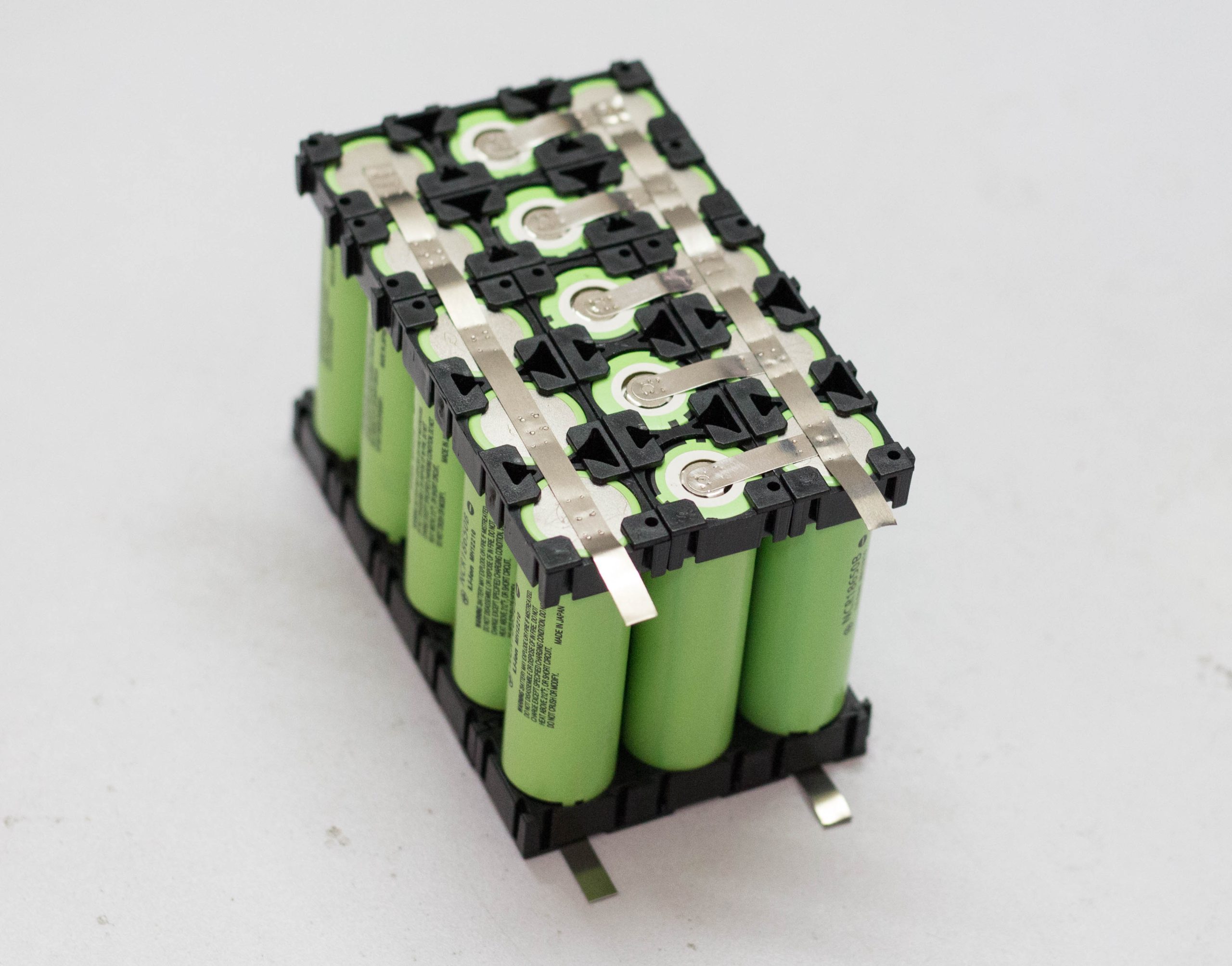Title: The Chemistry and Electrochemical Processes of Lithium-Ion Batteries
The fundamental lithium battery chemical reactions occur during the charging and discharging processes, which control the battery's ability to store and release energy.
Charging Process:
During the charging process, electrical energy from an external source is applied to the battery. This causes lithium ions to move from the anode to the cathode. The lithium ions are embedded in the carbon structure of the anode, storing energy chemically. A chemical reaction takes place, and energy is stored at this stage.
Discharging Process:
In the discharging process, lithium ions are embedded in the metal oxide structure of the cathode. During this chemical reaction, the stored energy is released and provided as electrical energy. This electrical energy is utilized for the operation of devices or electric vehicles.
Electrochemical Process: Movement of Electrons
The electrochemical process involves the processes where chemical reactions are connected to the movement of electrons. During the charging and discharging processes, lithium ions move from the anode to the cathode and vice versa, while electrons circulate through a circuit. The flow of these electrons creates an electric current, enabling the operation of devices or vehicles.
Conclusion
The operating principle of lithium-ion batteries is built upon complex chemical reactions and the interaction of electrochemical processes. These batteries, with advantages such as high energy density, rapid charge/discharge capabilities, and low self-discharge rates, serve as an ideal energy storage solution for various applications. The foundation of this technology, empowering many aspects of modern life, lies in chemical reactions and electrochemical processes.


